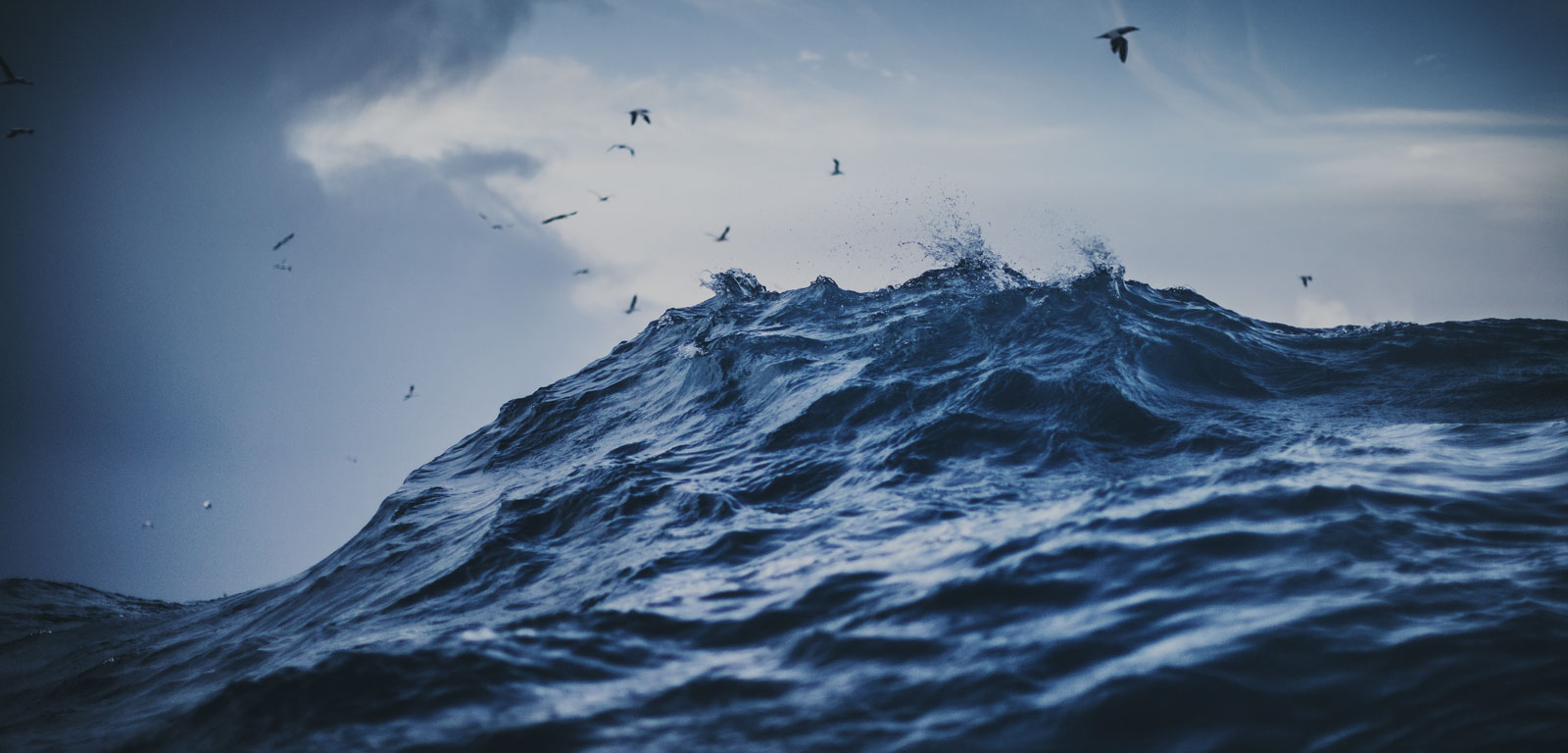Subject
Introductory Remote Sensing of the Oceans
General details of the subject
- Mode
- Face-to-face degree course
- Language
- English
Description and contextualization of the subject
Introduction at Masters level to the ways in which remote sensing from satellites is used in oceanography.Competencies
| Name | Weight |
|---|---|
| Acquire a new Perspective: grasp what is special about the view of the ocean provided from satellites, to enhance your knowledge of the ocean. | 20.0 % |
| Methodology: understand the main methods of ocean remote sensing and the ocean properties that can be measured. | 30.0 % |
| Importance in Ocean Science: discover some of the specific ways in which satellite ocean data make unique contributions to ocean science. | 10.0 % |
| Wider Applications: find out how satellite ocean data are being applied for the benefit of human activity in the ocean. | 15.0 % |
| Acquire image handling skills: learn how to acquire, enhance, present and apply satellite image data in scientific and educational contexts. | 25.0 % |
Study types
| Type | Face-to-face hours | Non face-to-face hours | Total hours |
|---|---|---|---|
| Lecture-based | 45 | 82.5 | 127.5 |
| Applied laboratory-based groups | 15 | 15 | 30 |
| Workshop | 15 | 15 | 30 |
Training activities
| Name | Hours | Percentage of classroom teaching |
|---|---|---|
| Acquiring basic instrumental skills | 30.0 | 50 % |
| Expositive classes | 127.5 | 35 % |
| Groupwork | 30.0 | 50 % |
Assessment systems
| Name | Minimum weighting | Maximum weighting |
|---|---|---|
| Multiple-choice examination | 30.0 % | 30.0 % |
| Practical tasks | 70.0 % | 70.0 % |
Learning outcomes of the subject
At the end of the Unit, the student should be able to:1. Communication: scientific writing.
2. Information technology: image processing; manipulation and evaluation of satellite datasets acquired from the Internet.
3. Working in teams.
Temary
SOES6017Aims
To provide an overview of how the ocean can be observed and measured remotely using sensors on Earth orbiting satellites.
To provide an understanding of the role of remotely-sensed data in the study of the oceans
Syllabus
Topics to be covered include:
- Basic principles: Introductory lectures on remote sensing methods, coupled with a practical introduction to image processing self paced on-line introductory tutorials.
- Sea surface temperature: Method of infra-red and passive microwave remote sensing, detection of clouds and removal of atmospheric contamination, studies of ocean eddies and fronts, monitoring of global temperature patterns.
- Ocean colour: Measuring chlorophyll and suspended sediment concentration from water colour as detected from aircraft and satellites.
- Imaging Radar: How satellite synthetic aperture radars "see" the ocean and ocean information in radar images. Methods include, altimeters plus: Ocean topography winds and waves measured globally from satellites.
- Earth observation systems: Global programmes, synergy between different types of data.
- Lecture material is reinforced by computer practicals using remote sensing data.
Formal Lectures: will provide an introduction to the theory underlying remote sensing methods used in oceanography. Each lecture systematically covers the main concepts and topics by the use of PowerPoint presentations, supported by illustrated handout materials. The lecturers¿ own experience in these fields is incorporated where possible. Appropriate references to parts of course textbooks and introductory journal references are provided at each lecture.
Practicals: Interactive computer-based practical work with image data, contained in a modular programme.
A wide range of support can be provided for those students who have further or specific learning and teaching needs.
Resources and reading list
The lecture material is summarised at blackboard.soton.ac.uk. Instructions for accessing this material will be given during the course.
It was not possible to load the content, please try again later. In case the problem persists contact CAU (Phone: 916014400 / E-mail: cau@ehu.eus / Website: https://lagun.ehu.eus).


